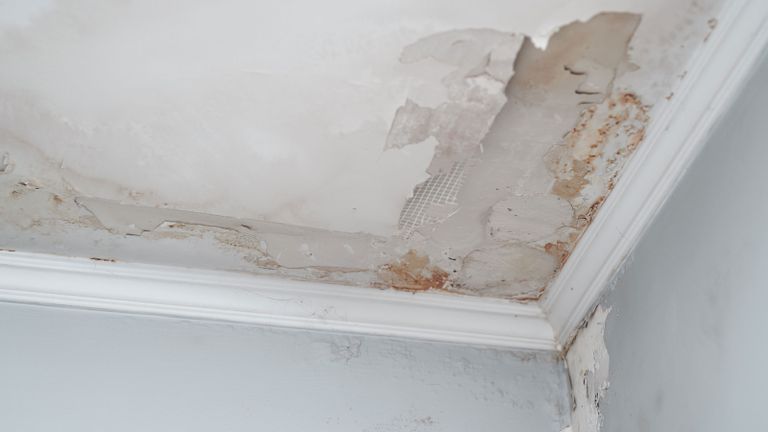Do's & Don'ts of Water Restoration.
Click HereWere you trying to find guidance around Simple Solutions To Preventing Fire And Water Damage To Your Home?

Water offers life, but water breach on some components where it's not meant to be can result in damage as well as aggravation. In addition, homes with water damages odor moldy and also old.
Water can come from several resources like tropical storms, floodings, ruptured pipelines, leaks, as well as sewer issues. It's better to have a working knowledge of safety and security precautions if you have water damages. Right here are a couple of guidelines on how to handle water damage.
Do Prioritize Home Insurance Policy Protection
Seasonal water damage can originate from floods, seasonal rainfalls, and wind. There is likewise an incident of an abrupt flooding, whether it originated from a faulty pipeline that suddenly breaks into your home. To safeguard your home, obtain residence insurance policy that covers both disasters such as natural catastrophes, and emergency situations like damaged plumbing.
Don't Forget to Turn Off Energies
When catastrophe strikes and also you're in a flood-prone area, turn off the major electrical circuit. Switching off the power prevents
When water comes in as water serves as a conductor, electrical shocks. Do not neglect to turn off the major water line shutoff as a way to prevent more damage.
If the floodwaters are obtaining high, maintain your furnishings steady as they can move and cause added damage.
Do Remain Proactive as well as Heed Weather Condition Alerts
If you live in an area afflicted by floods, stay ready as well as proactive at all times. Pay attention to the information as well as evacuation warnings if you live near a body of water like a creek, river, or lake.
Don't Overlook the Roof
Your contractor must take treatment of the malfunctioning gutters or any kind of other signs of damages or weakening. An examination will stop water from moving down your walls and saturating your ceiling.
Do Take Note Of Tiny Leaks
There are red flags that can draw your focus as well as suggest to you some damaged pipelines in your home. Signs of red flags in your pipelines include bubbling paint, peeling wallpaper, water streaks, water spots, or trickling audios behind the walls. Repair service as well as inspect your plumbing repaired prior to it results in huge damage to your residence, funds, and an individual headache.
Don't Panic in Case of a Ruptured Pipe
Timing is crucial when it comes to water damage. If a pipeline bursts in your home, instantly closed off your primary water shutoff to reduce off the resource as well as stop even more damages. Call a trustworthy water damages reconstruction professional for help.
Water gives life, yet water invasion on some parts where it's not meant to be can result in damages and hassle. In enhancement, houses with water damages smell old as well as musty.
Seasonal water damages can come from floodings, seasonal rains, and also wind. Indicators of red flags in your pipes include bubbling paint, peeling off wallpaper, water touches, water stains, or dripping noises behind the walls. If a pipe ruptureds in your home, immediately shut off your main water valve to cut off the resource and also stop even more damages.
Some Do's & Don't When Dealing with a Water Damage
DO:
Make sure the water source has been eliminated. Contact a plumber if needed. Turn off circuit breakers supplying electricity to wet areas and unplug any electronics that are on wet carpet or surfaces Remove small furniture items Remove as much excess water as possible by mopping or blotting; Use WHITE towels to blot wet carpeting Wipe water from wooden furniture after removing anything on it Remove and prop up wet upholstery cushions for even drying (check for any bleeding) Pin up curtains or furniture skirts if needed Place aluminum foil, saucers or wood blocks between furniture legs and wet carpet Turn on air conditioning for maximum drying in winter and open windows in the summer Open any drawers and cabinets affected for complete drying but do not force them open Remove any valuable art objects or paintings to a safe, dry place Open any suitcases or luggage that may have been affected to dry, preferably in sunlight Hang any fur or leather goods to dry at room temperature Punch small holes in sagging ceilings to relieve trapped water (don't forget to place pans beneath!); however, if the ceiling is sagging extremely low, stay out of the room and we'll take care of it DO NOT:
Leave wet fabrics in place; dry them as soon as possible Leave books, magazines or any other colored items on wet carpets or floor Use your household vacuum to remove water Use TV's or other electronics/appliances while standing on wet carpets or floors; especially not on wet concrete floors Turn on ceiling fixtures if the ceiling is wet Turn your heat up, unless instructed otherwise

I am just very eager about Preventing Fires and Water Damage In Your Home and I am praying you enjoyed reading the blog post. So long as you enjoyed our blog entry kindly make sure you remember to share it. Many thanks for your time invested reading it.